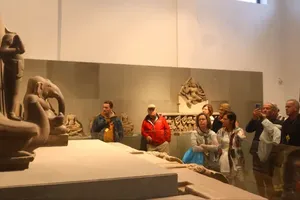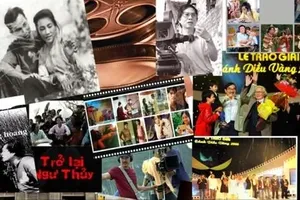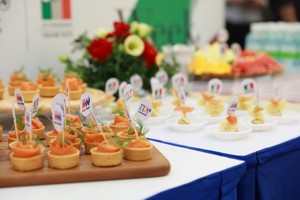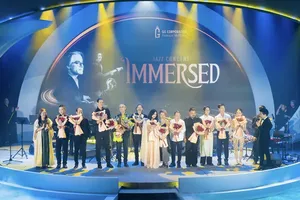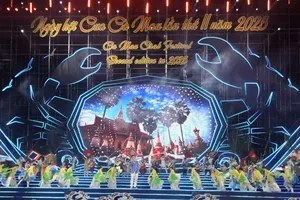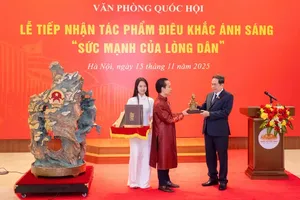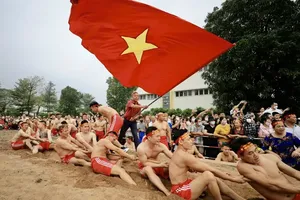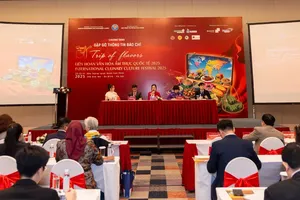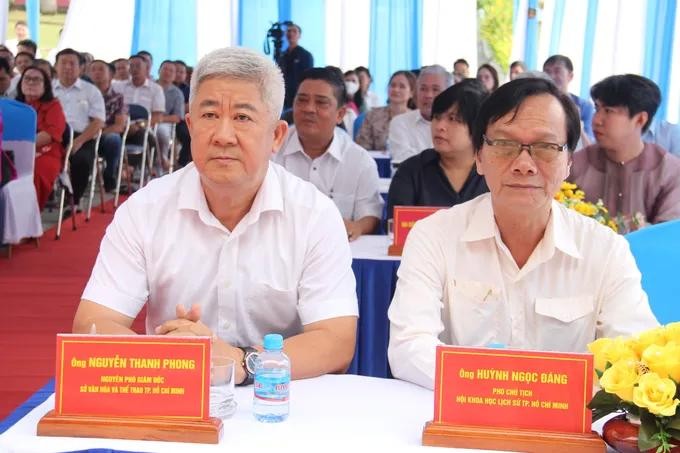
Southern ceramics is a collective term referring to pottery-making regions that flourished in the Southeast from the late 18th century to the present, reaching their peak from the mid-19th to mid-20th centuries.
According to Le Van Thai, Deputy Director of the Ho Chi Minh City Department of Culture and Sports, Southern ceramics are renowned for their distinctive styles including the incised and openwork patterns of Bien Hoa ceramics, the oxide-painted designs of Lai Thieu pottery, and the embossed motifs of Cay Mai ceramics, all of which gradually spread across the six provinces of the southern region.
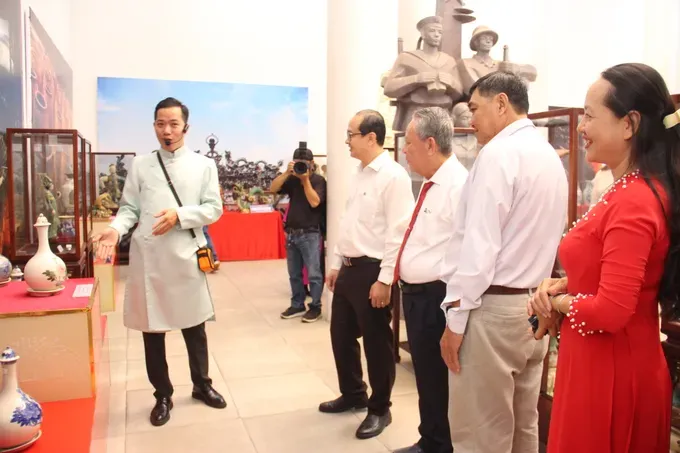
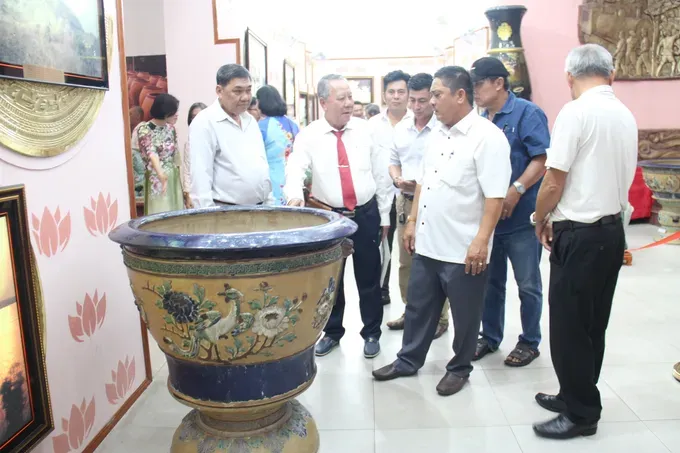
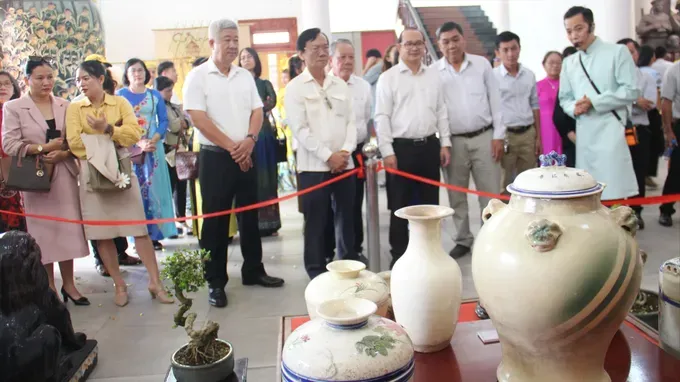
The exhibition aims to honor the cultural and artistic values of ceramics in both the material and spiritual life of the Vietnamese people, especially those in the South region. It also helps the public gain deeper insight into the formation and development of ceramics in the Southern region through different historical periods, while promoting the region’s unique cultural and historical heritage.
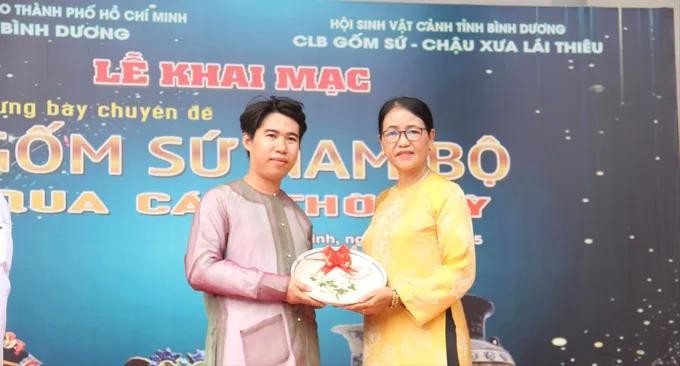
During the event, the Lai Thieu Antique Ceramics and Pots Club and Nang Ceramic Company donated several artifacts to enrich the museum’s collection. Specifically, the club contributed a set of 18 Lai Thieu jars nearly 100 years old. Nang Ceramic Company presented three collections comprising Hoa Song Be, Lu Huong, and a set of Lai Thieu bowls and plates produced between 1975 and 1986.
